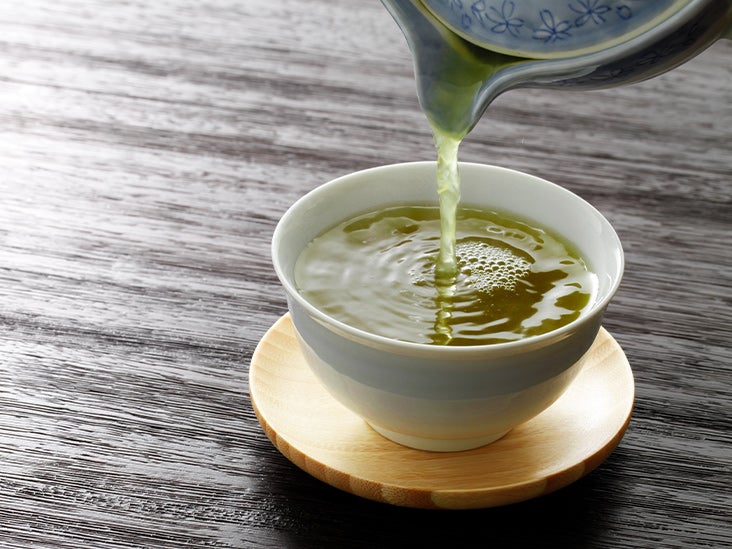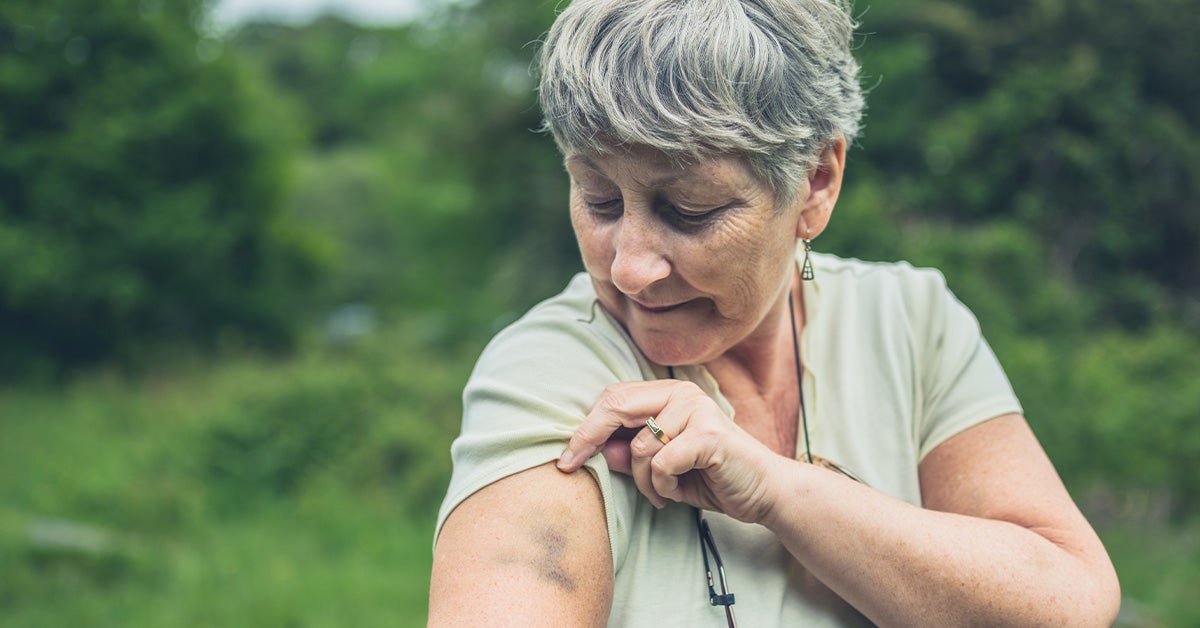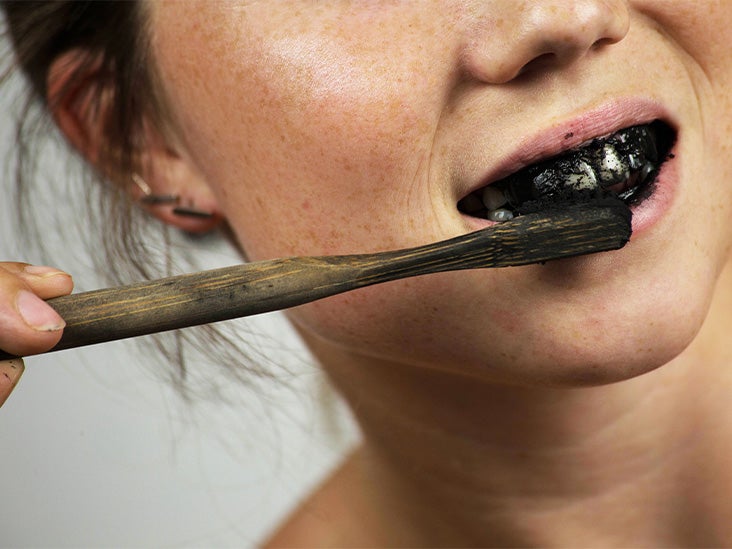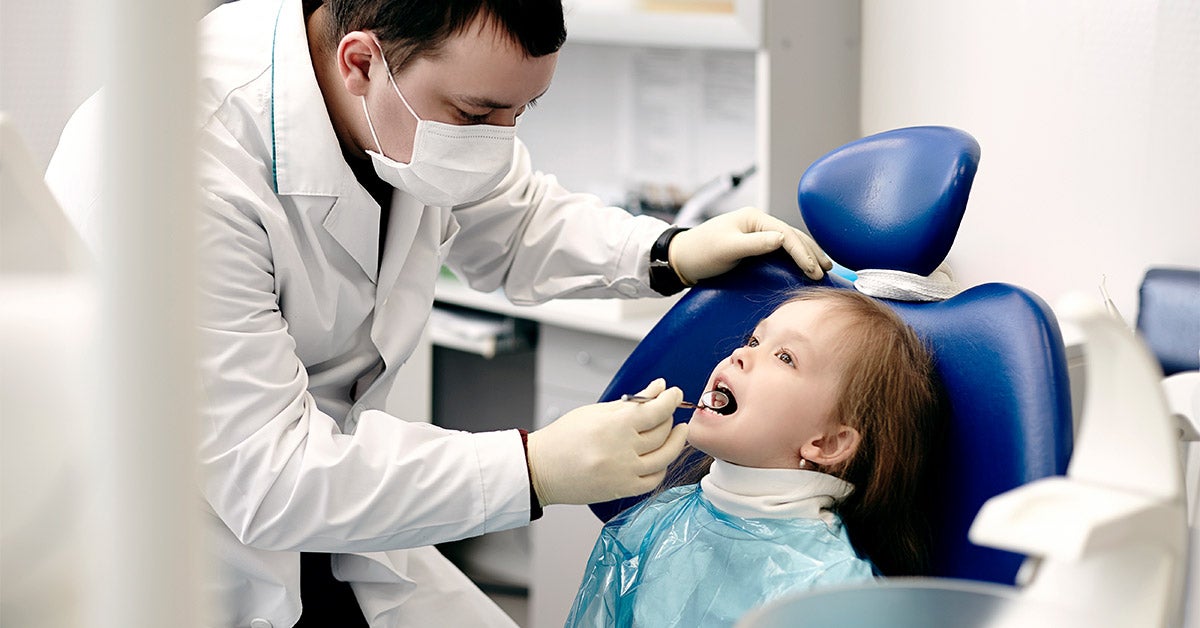Pain in Lower Right Abdomen Near the Hip Bone: 20 Causes

Pain in the lower right abdomen near the hip bone can be caused by many conditions, ranging from indigestion after a spicy meal to emergencies — such as appendicitis — that require surgery to treat.
In many cases, the presence of other symptoms can help identify the source of your abdominal pain and whether you'll need to consult with a doctor.
We'll take a look at 20 potential causes of pain in the lower right abdomen, as well as their symptoms, how they're diagnosed, and your treatment options.
Many of the less serious causes of lower right abdominal pain are temporary and will pass without any treatment. Others may persist and require rest or medications for relief.
1. Indigestion
Indigestion is the abdominal pain and feelings of fullness and nausea that result when you're having trouble digesting something. Possible causes include:
- eating too much or too quickly
- eating fatty or spicy foods
- consuming too much caffeine, alcohol, chocolate, or carbonated beverages
- experiencing anxiety
- taking certain medications, such as antibiotics and pain relievers
Other symptoms you may experience with indigestion may include:
- nausea and vomiting
- feeling full early in a meal
- heartburn
2. Gas
Gas in your intestine is usually brought on by bacteria in your digestive tract or by swallowing too much air. You may feel lower abdominal pain as gas moves through your intestine. Other symptoms may include:
- feeling bloated or unusually full in the abdomen
- passing gas
- burping
3. Constipation
Being constipated means having infrequent bowel movements or having difficulty passing stools.
In addition to feeling pain in the abdomen and feeling as though something is blocking bowel movements in the rectum, constipation symptoms include:
- straining during a bowel movement
- hard or lumpy stools
- having three or fewer bowel movements per week
4. Muscle pull and strain
A strained or pulled muscle refers to any tear, excessive stretch, or rupture of a muscle, typically from a sports or work injury or an accident.
When it's an abdominal muscle, it can feel like a sharp pain, coupled with swelling, bruising, and stiffness. You may also have difficulty flexing the muscle or even standing up straight and walking.
5. Muscle spasm
A muscle spasm is an uncomfortable, unintentional muscle contraction. It can feel like an annoying little twitch or, if it lasts for more than a couple of seconds, a muscle spasm can hurt quite a bit.
Straining your abdominal muscles during a workout can cause a spasm. Your muscles may be more vulnerable to a spasm if you're dehydrated.
You're also more vulnerable if you have low levels of electrolytes, such as magnesium, calcium, and potassium.
6. Gastroenteritis
Inflammation of the gastrointestinal tract may be caused by a bacterial, viral, or parasitic infection. Along with lower abdominal pain or cramping, some other symptoms include:
- diarrhea
- vomiting
- fever
- abnormal sweating
- muscle pain and joint stiffness
7. Gastritis
Weakness in your stomach lining or a certain type of bacterial infection (Helicobacter pylori) can cause gastritis, an inflammation of the stomach lining.
You may feel pain in the upper and lower abdomen. You may also experience nausea and vomiting.
Some of the more serious causes of pain in the lower right abdomen near the hip bone may require surgery or long-term medical treatment.
8. Appendicitis
Your appendix is a small finger-like pouch extending down from the large intestine. When it becomes infected and inflamed, the result is appendicitis. If untreated, the appendix can burst, infecting the abdominal cavity.
Appendicitis is a leading cause of pain in the lower right abdomen, but it usually has other symptoms. These symptoms are:
- nausea
- vomiting
- fever
- abdominal swelling
Seek immediate medical attention if you have pain in the lower right abdomen along with the above symptoms.
9. Kidney stones
When small crystals of calcium, uric acid or other chemicals form in your kidneys, they're called kidney stones. They can cause intense pain in the side of the abdomen, as well as:
- blood in the urine
- painful urination
- nausea
- chills
- fever
10. Kidney infection
A kidney infection often starts as a urinary tract infection. In addition to abdominal pain, a kidney infection can also cause:
- back pain
- frequent urination
- burning sensation when urinating
- foul-smelling urine
- fever
- chills
- nausea
11. Inflammatory bowel disease (IBD)
IBD is actually a group of intestinal diseases that include ulcerative colitis and Crohn's disease. Symptoms vary, depending on the type of IBD. They can include abdominal pain, diarrhea, and bloating.
12. Irritable bowel syndrome (IBS)
Unlike IBD, IBS doesn't cause inflammation or injure the bowel. It's also not clear what causes IBS.
Stress and certain types of foods, such as dairy, wheat, and citrus can trigger symptoms. Common symptoms include lower abdominal pain, diarrhea, excess gas, and mucus in the stool.
13. Hernia
A hernia occurs when an organ or other body part pushes through the wall of muscle or tissue that normally contains it.
There are several different types of hernias. A hernia can be painful and get worse when lifting something. It can also cause swelling.
If you're female, here are some potential causes of pain in the lower right abdomen.
14. Menstrual pain
Menstrual cramps in the lower abdomen can occur before or during your period. The pain may even radiate down into your legs. Some pain and cramping during menstrual periods is normal.
Excessive pain — called dysmenorrhea — is not. Talk with a doctor if your menstrual pain is causing you to miss work, school, or other daily activities.
15. Ovarian cyst
An ovarian cyst is a small fluid-filled sac that forms on your ovary. It can cause a lot of pain in the lower abdomen as well as:
- back pain
- pelvic pain during or before your menstrual cycle
- painful intercourse
- nausea and vomiting
- painful bowel movements
16. Pelvic inflammatory disease (PID)
Pelvic inflammatory disease (PID) is an inflammation of the reproductive organs, often caused by a sexually transmitted infection (STI) or other infection. In addition to abdominal pain, you may experience:
- pain during intercourse
- burning sensation when urinating
- unusual discharge and odor from your vagina
- fever
17. Endometriosis
Endometriosis occurs when tissue — like the kind that lines the inside of the uterus — starts to grow elsewhere, such as the ovaries, bowel, or around the pelvis.
Depending on where the endometrial tissue is growing, symptoms can include:
- pain in the pelvic region
- painful periods
- painful bowel movements
- cramps during or around menstruation
- pain after intercourse
18. Ectopic pregnancy
When a fertilized egg doesn't attach itself to the uterus, but instead settles into a fallopian tube or elsewhere in the abdominal cavity, it's called an ectopic pregnancy.
Along with sharp pain in the side of the abdomen and pelvis, you may experience:
- shoulder or neck pain
- dizziness or fainting
- light to heavy vaginal bleeding
If you're male, here are some additional potential causes of pain in the lower right abdomen.
19. Inguinal hernia
An inguinal hernia occurs when tissue pushes through the abdominal wall and into the inguinal canal. The canal surrounds the spermatic cords in males and the uterus ligament in females.
While both sexes can develop inguinal hernias, men are far more likely to experience this painful condition.
Symptoms include a sharp pain on one side of the groin and pain that's triggered by coughing, exercising, or bending over.
20. Testicular torsion
When the spermatic cord, which carries blood to the scrotum, becomes twisted, it's called testicular torsion.
Pain is usually felt in the scrotum and the side of the lower abdomen. There may also be swelling in the scrotum, as well as nausea and fever.
To diagnose the cause of your lower right abdominal pain, your doctor will review your symptoms and medical history, and do a physical exam.
The exam may include applying gentle pressure to your abdomen to check for swelling or tenderness. Other diagnostic tests may include:
Ultrasound
An ultrasound uses sound waves to create images inside the body. It can be used to help detect tumors, examine the ovaries and uterus during pregnancy, examine a man's prostate, and look for other concerns.
CT scans
Computed tomography (CT) scans are made up of layers of X-rays taken at different angles to provide a more detailed view than a standard X-ray.
MRI scans
Magnetic resonance imaging (MRI) uses a magnetic field and radio waves to produce detailed views of organs and other soft tissue.
Endoscopy
An endoscope is a long, thin, flexible tube that can be inserted down the throat and through the esophagus and as far as the small intestine to look for bacterial infections and other signs of trouble.
Blood tests
A blood test can reveal a lot about a person's health, such as the elevation of white blood cells, which can indicate an infection.
You can always start talking with your doctor if you're experiencing pain in your lower right abdomen. You may want talk with your doctor about a referral to a specialist based on your healthcare needs.
Specialists include:
- Gastroenterologist. These doctors specialize in the health of the digestive system.
- Urologist. These doctors specialize in the health of the urinary tract and the male reproductive system.
- Obstetrician-gynecologist. These doctors specialize in women's health.
The right treatment for your lower right abdomen depends on the cause of the problem. Treatment approaches include:
Time
Conditions that usually just need time to heal include:
- indigestion
- gas
- viral gastroenteritis and other viral infections
- pulled muscle
- menstrual cramps
Change in diet
Indigestion and gas problems may be avoided by skipping certain food triggers. IBD and IBS, however, are chronic conditions that require continuous monitoring and careful food choices.
Antibiotics
Bacterial infections, such as appendicitis and PID, usually require antibiotics.
Surgery and other procedures
Causes that usually require surgery to remove the cause of the pain include:
- appendicitis
- ovarian cyst
- testicular torsion
- kidney stones, which are often treated with procedures such as laser or shock wave therapy to break up the stones
Pain in the lower right abdomen can sometimes indicate a medical emergency, such as appendicitis.
However, it's usually a much less serious problem that's temporary and may not require any medical intervention.
The key is to pay attention to all of your symptoms. Note when they started and think about whether you've had similar pains before.
If you think spicy food is to blame, a simple dietary change may be all that's needed to avoid this problem in the future.
-
 6 interesting genetic traits that children will inherit from their parents
6 interesting genetic traits that children will inherit from their parents
-
 7 effects of asparagus on child development
7 effects of asparagus on child development
-
 Does cutting blood hair for babies bring good luck?
Does cutting blood hair for babies bring good luck?
-
 The more babies eat, the higher the height they develop, especially the second kind
The more babies eat, the higher the height they develop, especially the second kind
-
 Children with chicken pox should eat to quickly recover from the disease, without leaving a deep scar?
Children with chicken pox should eat to quickly recover from the disease, without leaving a deep scar?
-
 The more food is cooked, the better it can be for health, especially the second type
The more food is cooked, the better it can be for health, especially the second type
-
 Benefits of Green Tea for Skin: Acne, Skin Cancer, and Others
Benefits of Green Tea for Skin: Acne, Skin Cancer, and Others
-
 Bruise That Won't Go Away: Causes, Concerns, Treatment & More
Bruise That Won't Go Away: Causes, Concerns, Treatment & More
-
 How to Cure Sinus Infections: Treatment Options for Permanent Relief
How to Cure Sinus Infections: Treatment Options for Permanent Relief
-
 Weighted Dips: How-to, Muscles Worked, and Benefits
Weighted Dips: How-to, Muscles Worked, and Benefits
-
 Charcoal Toothpaste for Teeth Whitening: Does It Work and Is It Safe?
Charcoal Toothpaste for Teeth Whitening: Does It Work and Is It Safe?
-
 Hutchinson Teeth: Pictures, Causes, Treatment, Prevention
Hutchinson Teeth: Pictures, Causes, Treatment, Prevention































